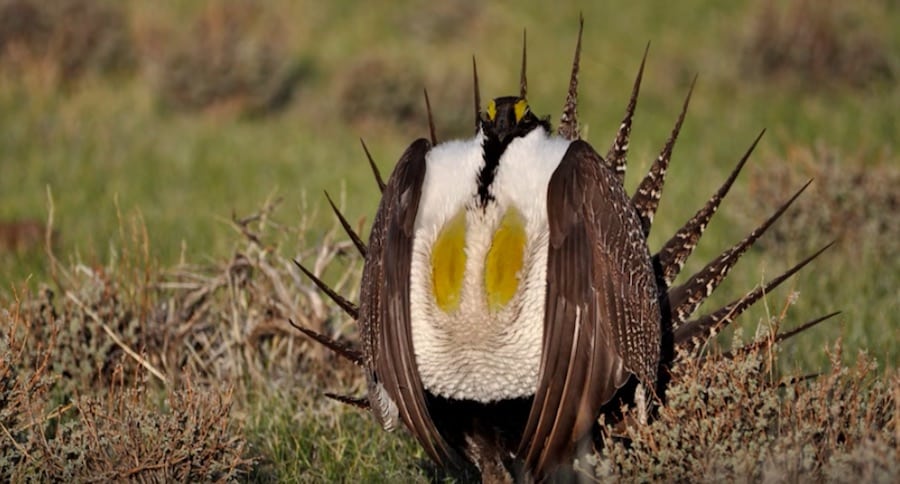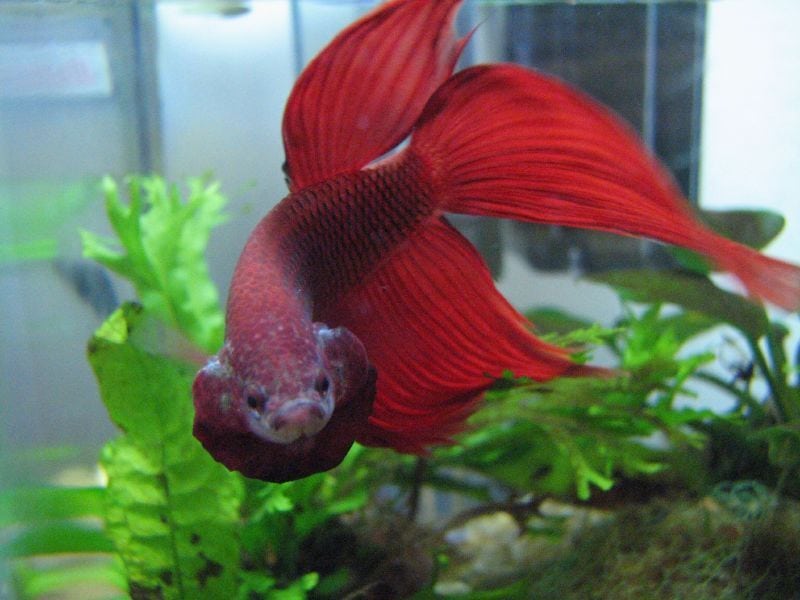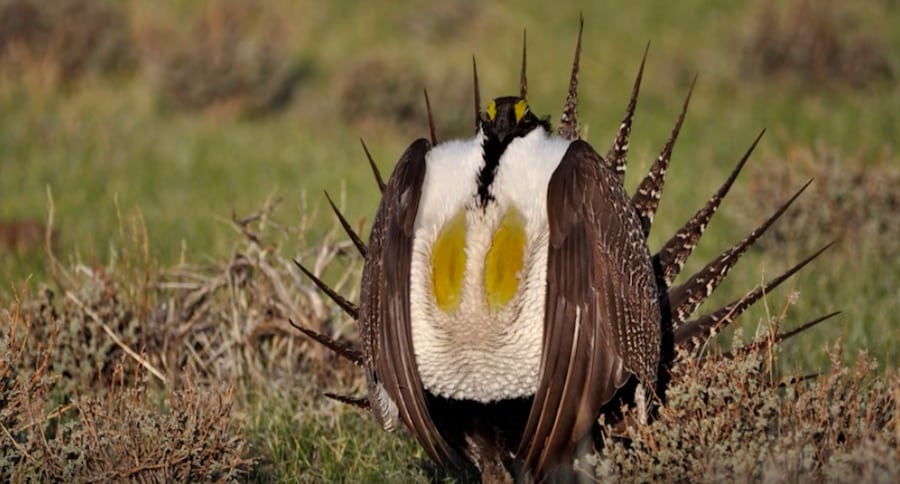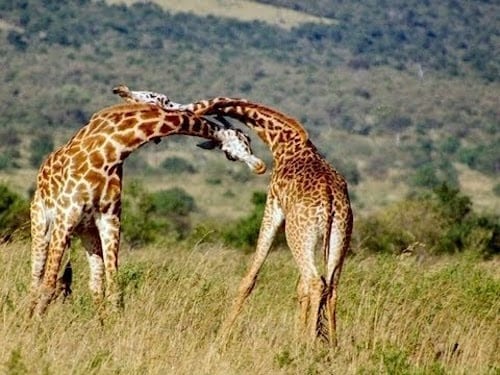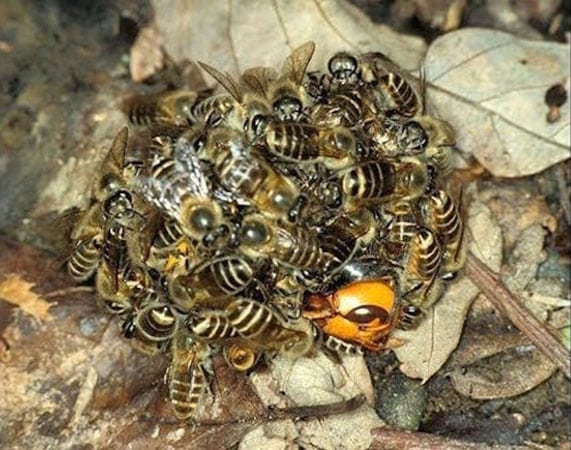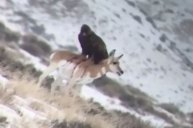When it comes to odd animal behavior in the wild, some creatures just know how to come by their pecking order better than others.
Dominant animals such as wolves assert their dominance in ways such as eye contact and body language. When it comes to others, they can be downright odd and comical.
Some birds have displays that would make a clown blush, and even fish are social animals that have clear methods of communicating the fact that they're the top dog in the water.
Finding these things in the wild can be unnerving to say the least. In fact, it makes you wonder what the first guy who saw a prairie chicken thought when he saw their courtship dance.
Here are a few of the strangest ways animals assert their dominance in the wild.
Cambodian Betta
As a social species, the Cambodian Betta doesn't have the best reputation. The dominant member of the aquarium will assert itself by turning its gill covers outward and extending the dark red branchiostegal membranes past its gill cavities. The flaring display makes them look much bigger than their rivals.
Greater sage grouse
If you and I tried to attract a mate the way the sage grouse does, we'd be jailed. This American bird, known for its elaborate courtship displays during the mating season, is either the best-dressed guy at the disco or an earth-bound lunatic.
Great hornbill
The alpha male doesn't seem to be a part of this social group. What says "I'm in charge" more than a bird that plasters itself into a tree and has its male counterpart slave day and night to bring it food? In fairness, the female is doing all of the child-rearing work in there by herself.
Giraffe
If you've ever seen two giraffes going at it, you already know what the epitome of a neck brawl is. When a couple of these bruisers get to fighting, it's neck-and-neck (pun intentional).
Hemeroplanes triptolemus
This is actually a caterpillar! It can mimic the look and behavior of a snake, scaring away potential predators with a crazy ruse only found in nature. This may not be an aggressive behavior in the animal kingdom, but the dominance exists in a type of action that causes other creatures to avoid it.
Japanese bee ball
When attacked by their arch-enemy, the Asian hornet, these normally docile honey bees will form packs. They'll swarm, surround and then cook their foe to death by vibrating their wings to increase the temperature, roasting the enemy to a crispy end.
There's a complex social structure in the behavior these bees use. Other animals mimic this behavior, too, and not just social animals like wolves or wild dogs.
When wild animals assert themselves, it can be both comical and violent in its effect, while giving us an awesome show!
Looking for a little more? Follow my webpage, or on Facebook and Twitter.
NEXT: 10 ANIMALS THAT SEEM LIKE THEY MIGHT BE DRUNK [PICS]
WATCH
https://rumble.com/embed/u7gve.v3tpbx/
